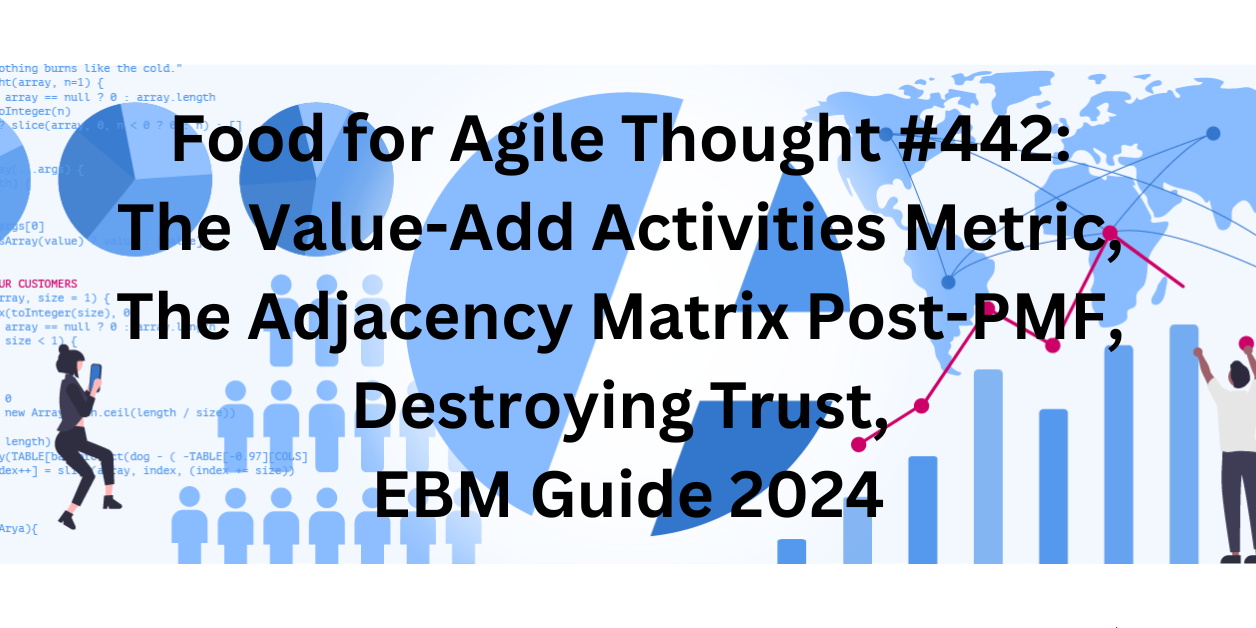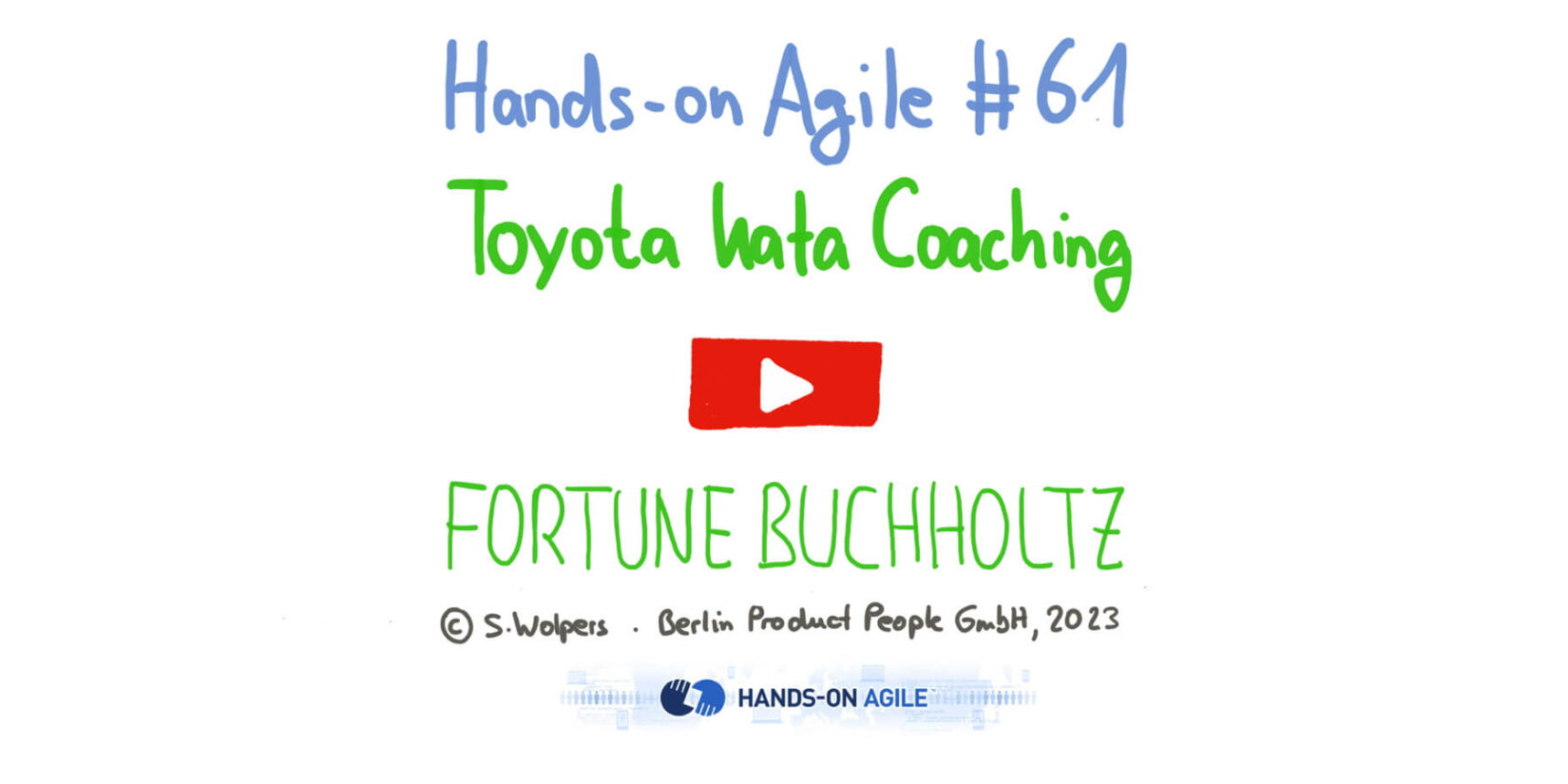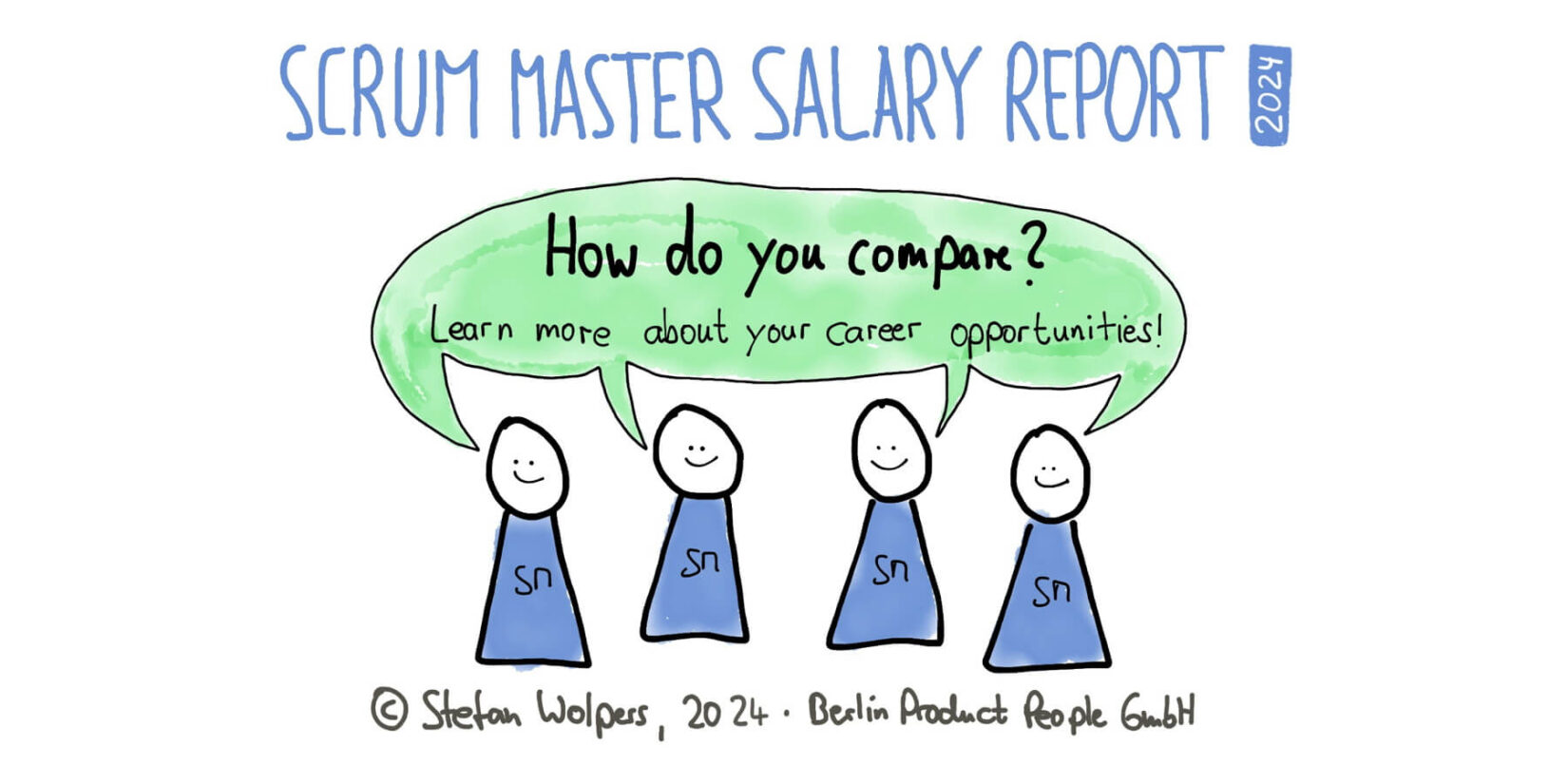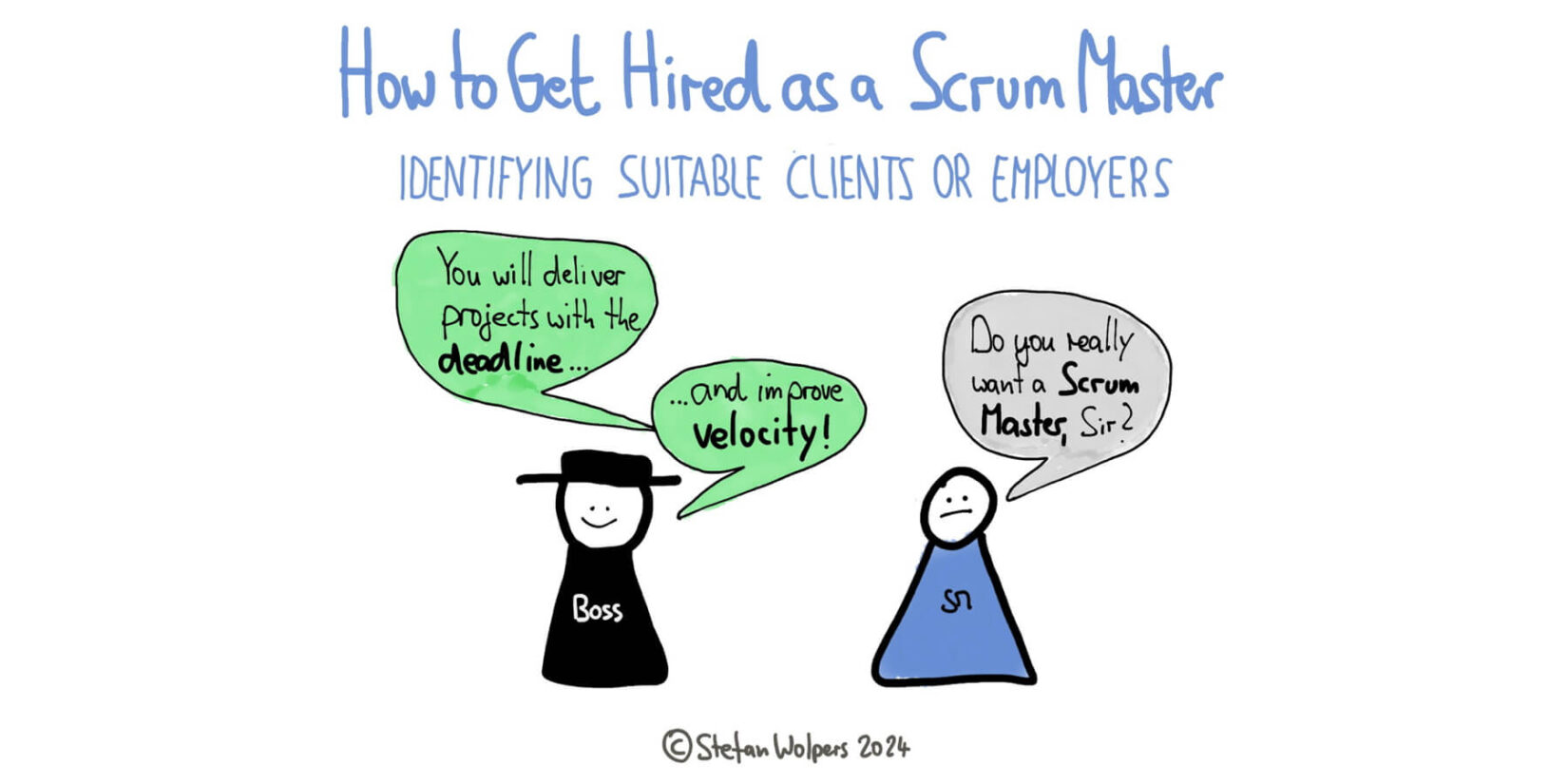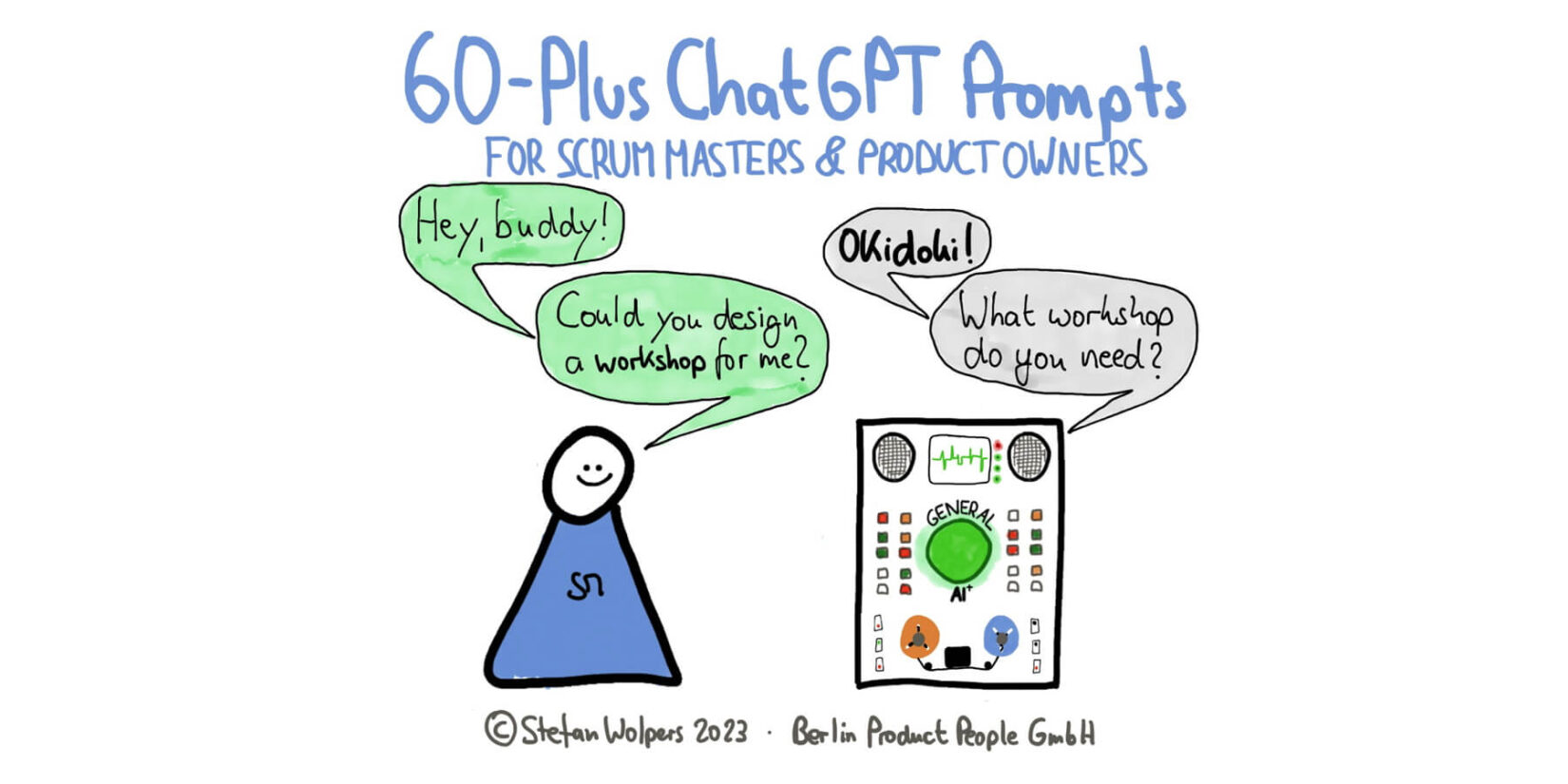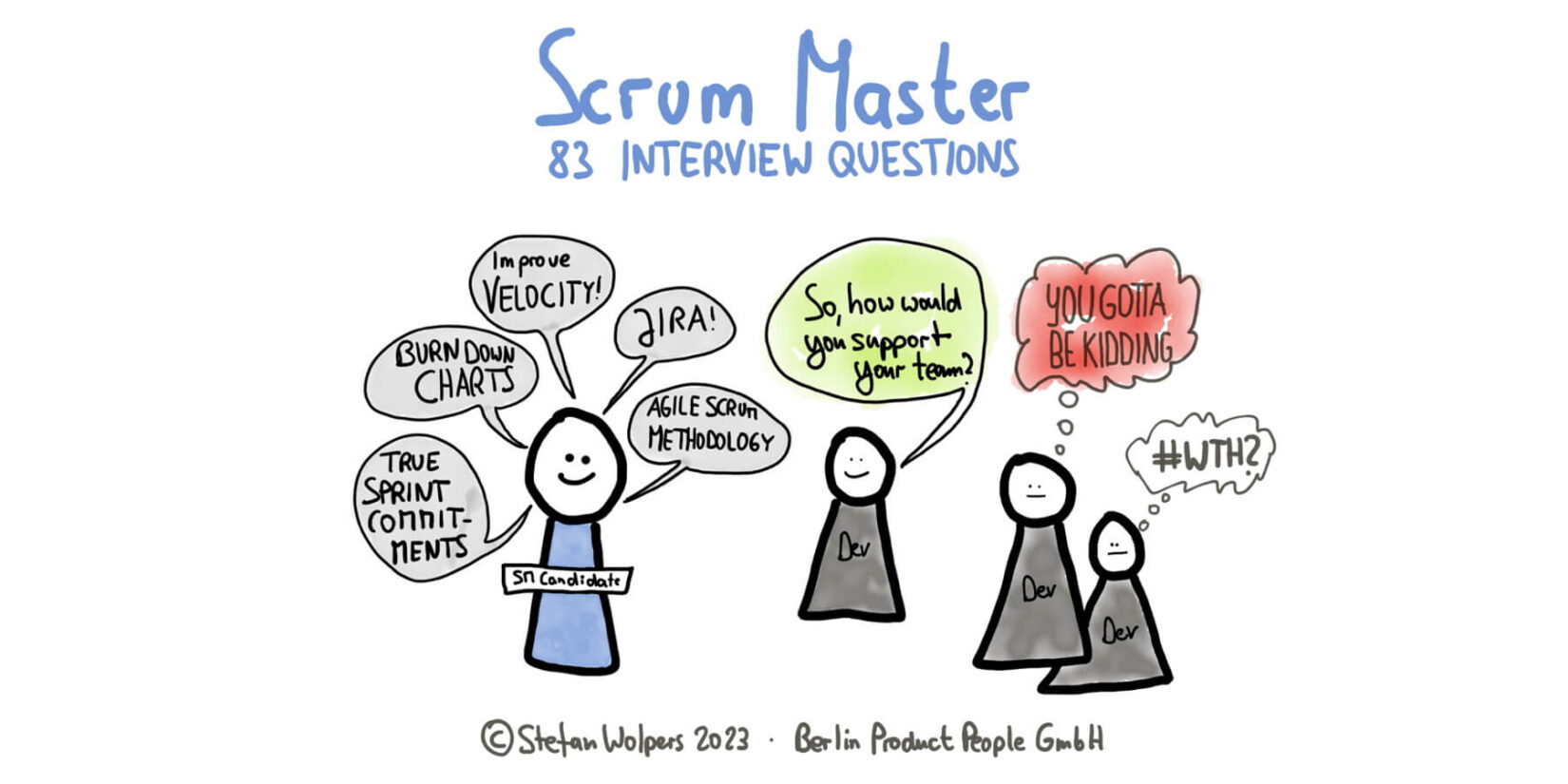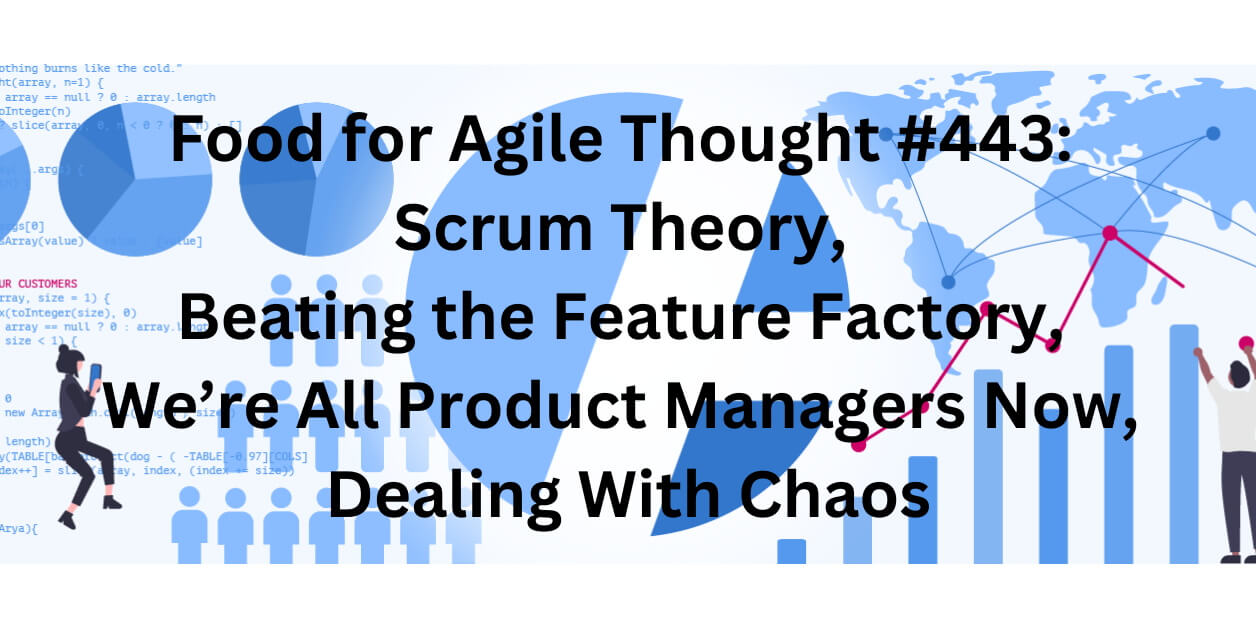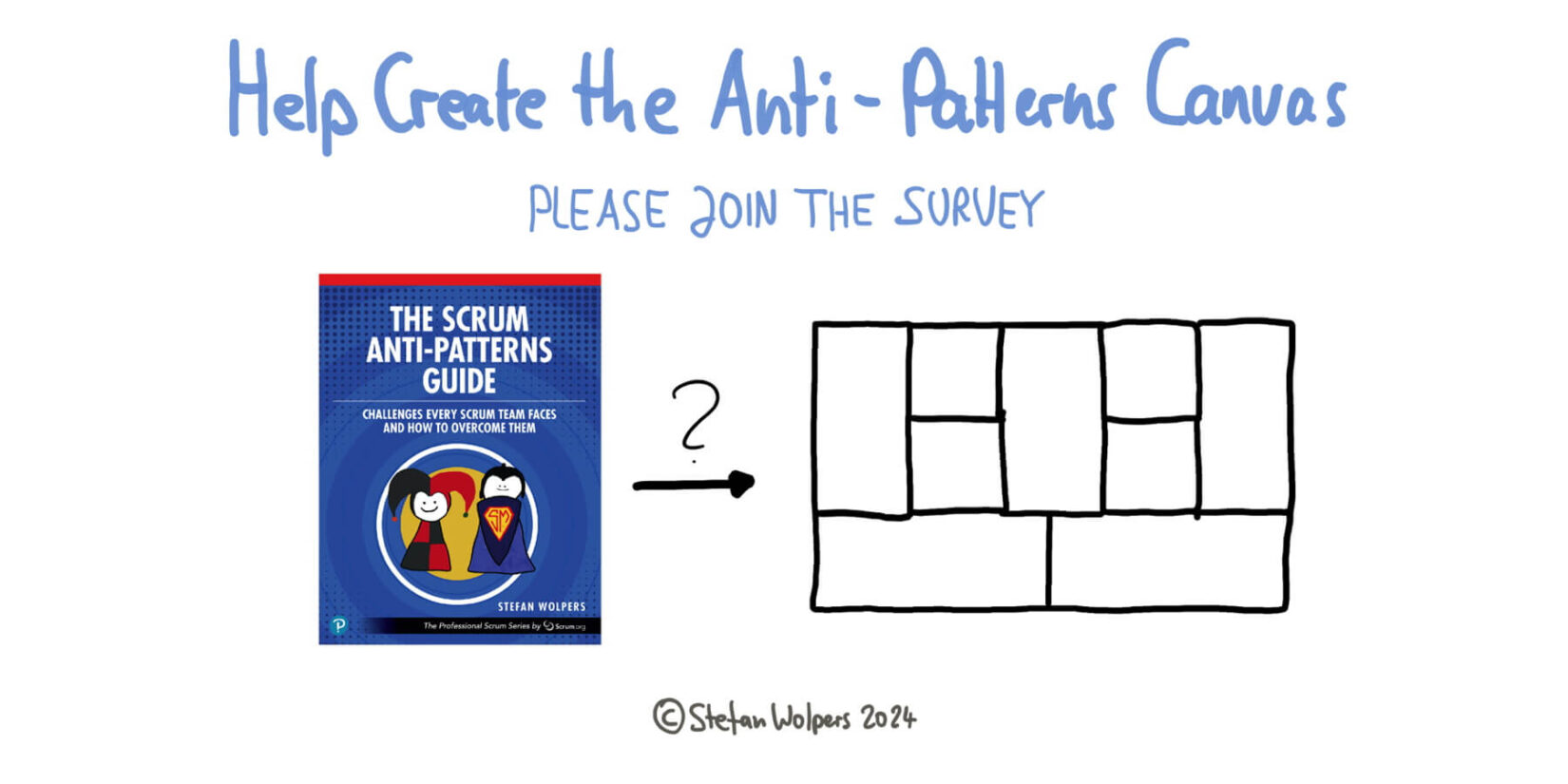TL; DR: The Value-Add Activities Metric — Food for Agile Thought #442
Welcome to the 442nd edition of the Food for Agile Thought newsletter, shared with 42,518 peers. This week, we explore diverse perspectives on leadership and productivity within Agile environments: James Shore delves into the complexities of measuring productivity in software development with the Value-Add Activities Metric, while Willem-Jan Ageling identifies seven leadership missteps that destroy organizational trust. Former Cisco executive Ashley Goodall critiques traditional disruptive leadership methods, advocating for stability and connection. Joost Minnaar argues that self-managing organizations reduce employee burnout by balancing demands with control. Moreover, Parsa Saljoughian highlights four leadership principles essential for high-performing teams, focusing on psychological safety and effective communication, and we ask ourselves: Should a Product Owner be technical?
Then, Jason Cohen introduces the Adjacency Matrix for strategic expansion post-PMF, using existing strengths for wise market entry. The “Paths to PMF” series highlights diverse, customized strategies for startup success, and XKCD reevaluates ideas like solar cars and laser eye surgery, challenging our perceptions in a fantastic cartoon. Also, Nima Torabi emphasizes the integration of vision, strategy, and metrics in crafting impactful product roadmaps.
Lastly, Patricia Kong and Kurt Bittner updated the 2024 Evidence-Based Management Guide, enhancing its clarity and practical utility. Christina Wodtke presents a method for aligning personal values with life goals using Ikigai and Personal OKRs, ensuring measurable progress, while Bob Moesta explores the practical application of the Jobs to Be Done framework, sharing its best uses and common pitfalls. Finally, Ethan Mollick introduces the Prompt Library, a Creative Commons licensed resource providing structured prompts for educational and general use to boost engagement and AI interaction.
